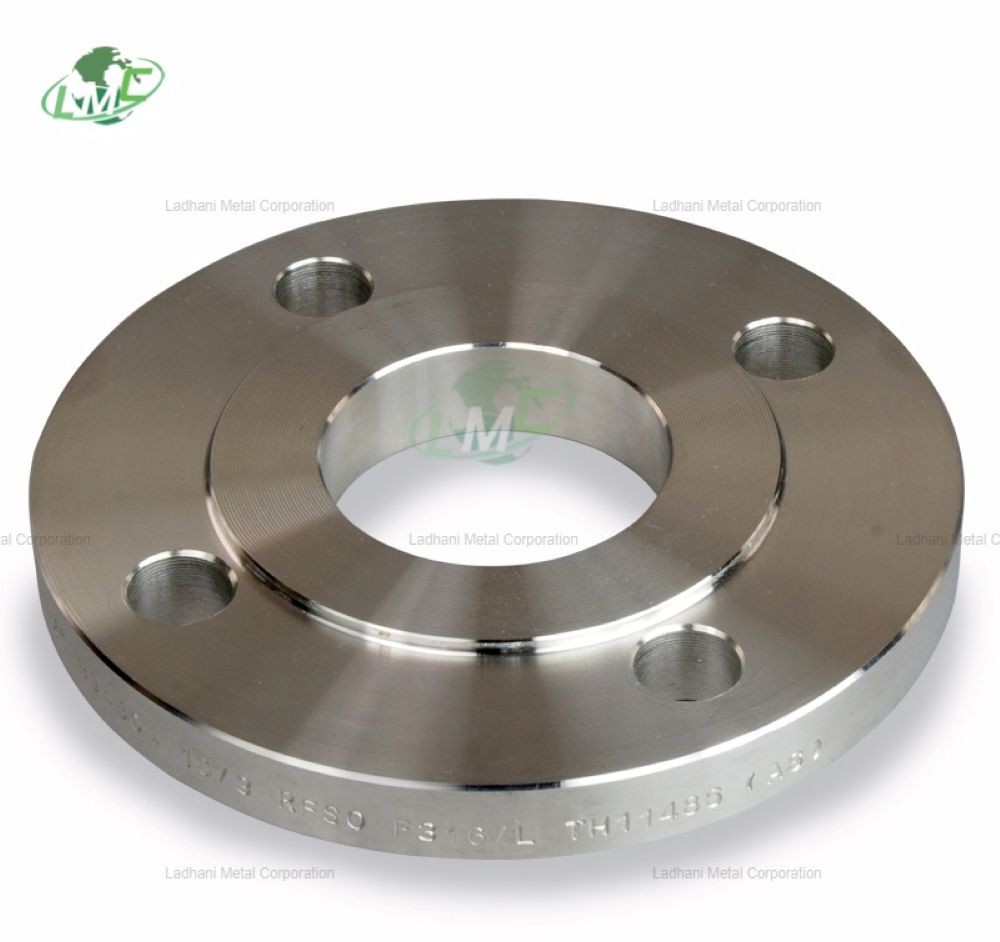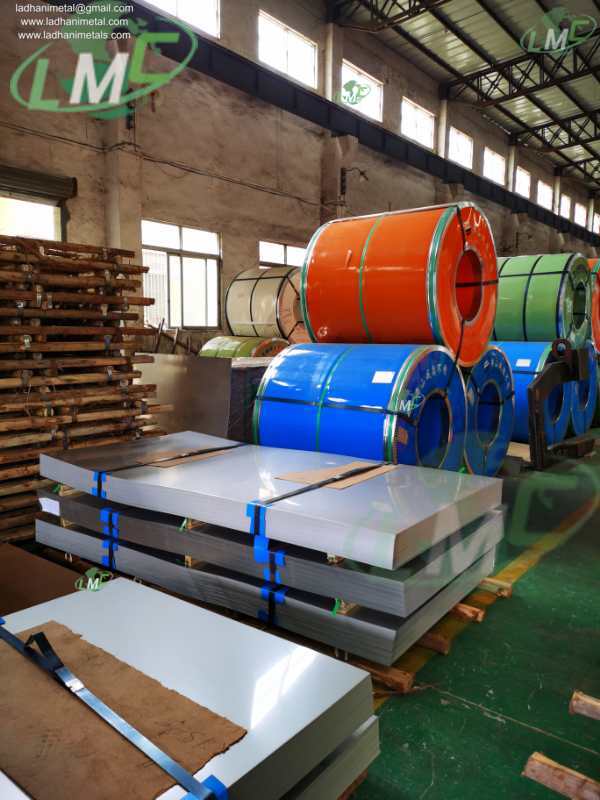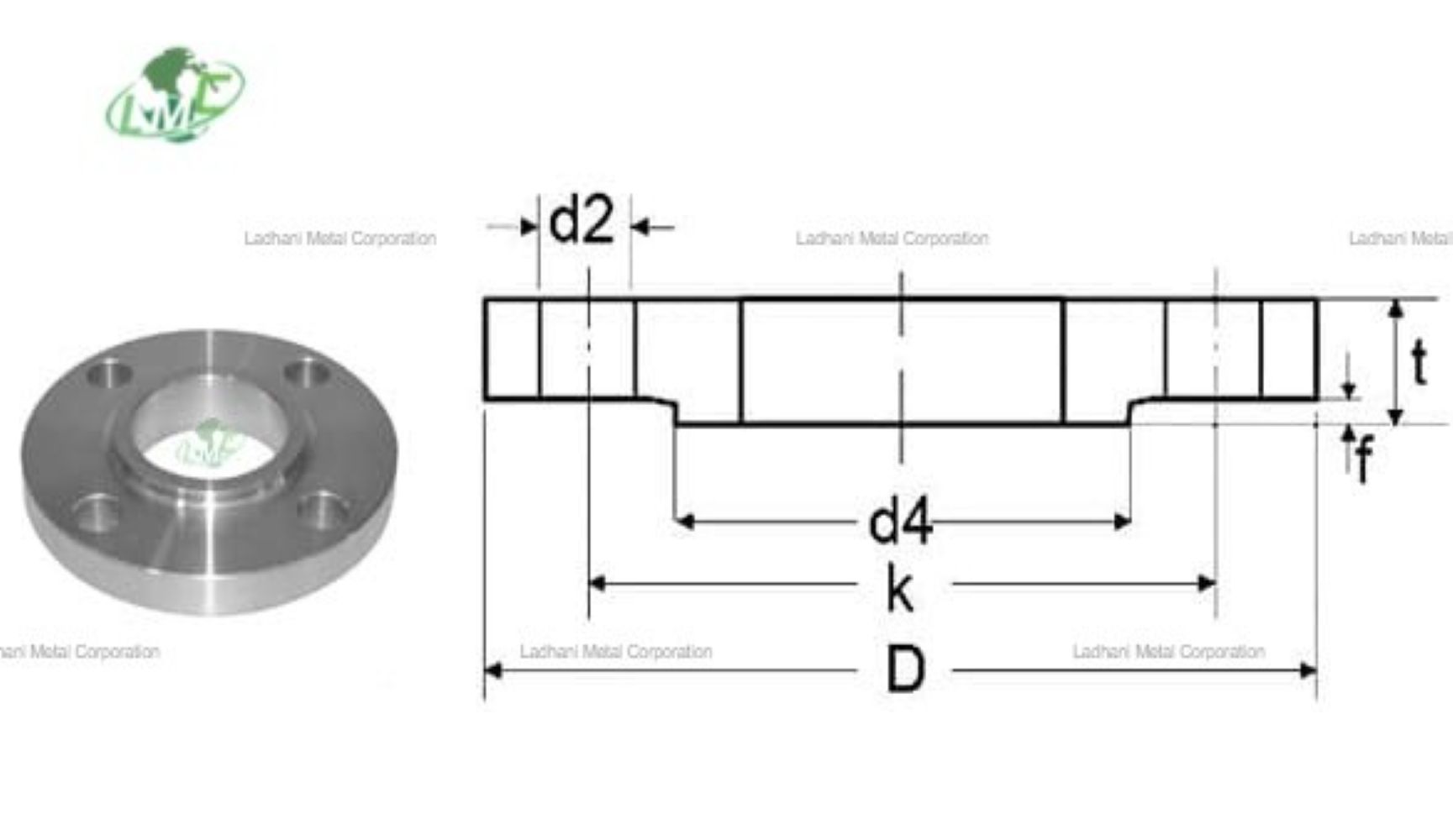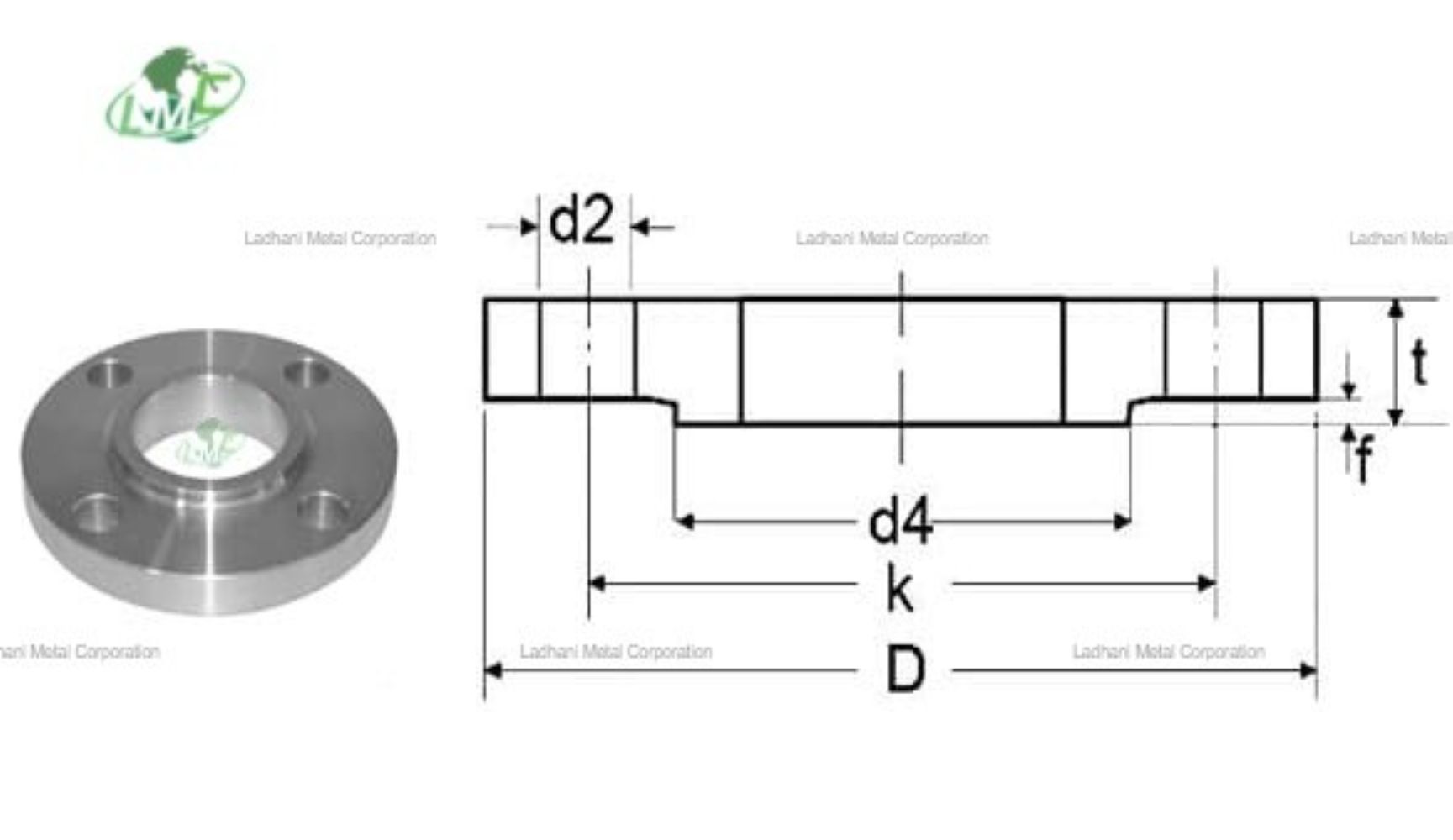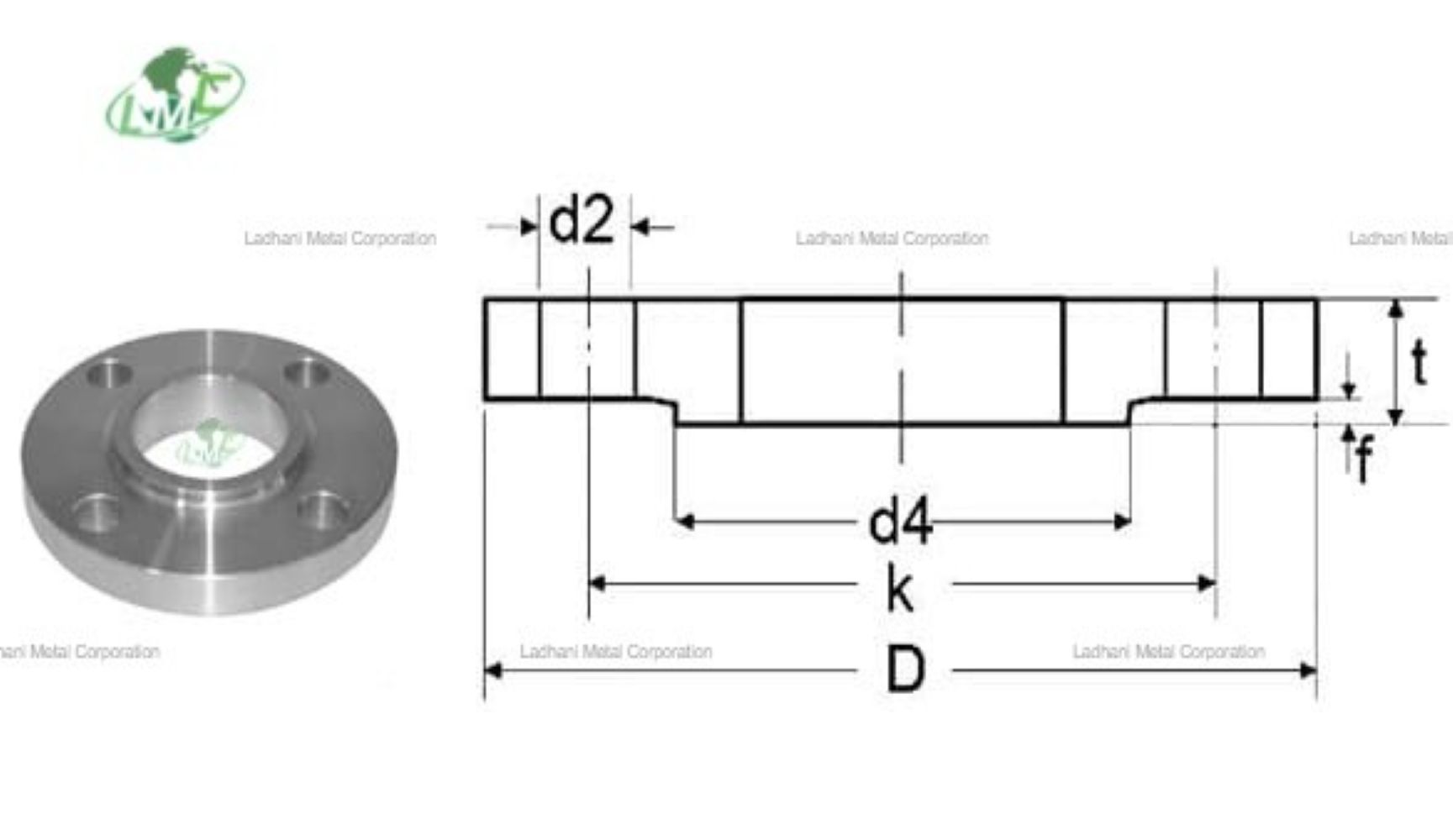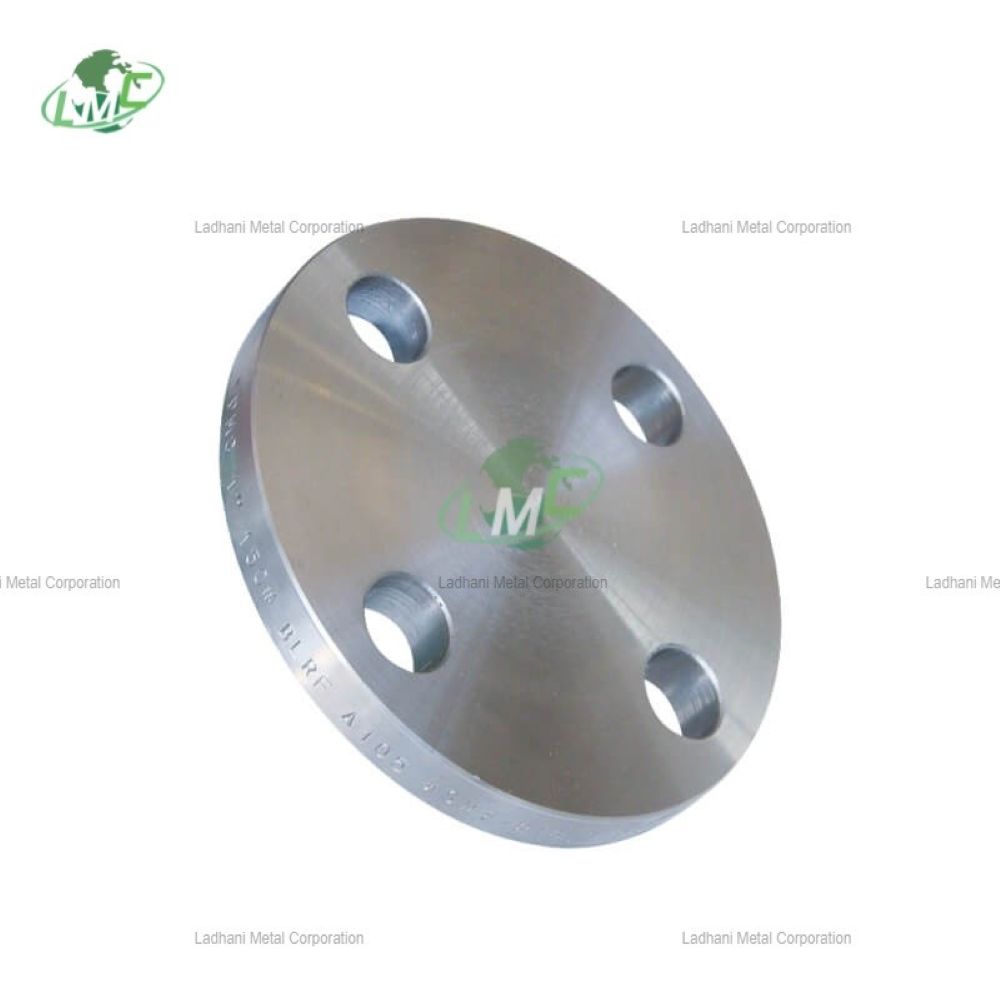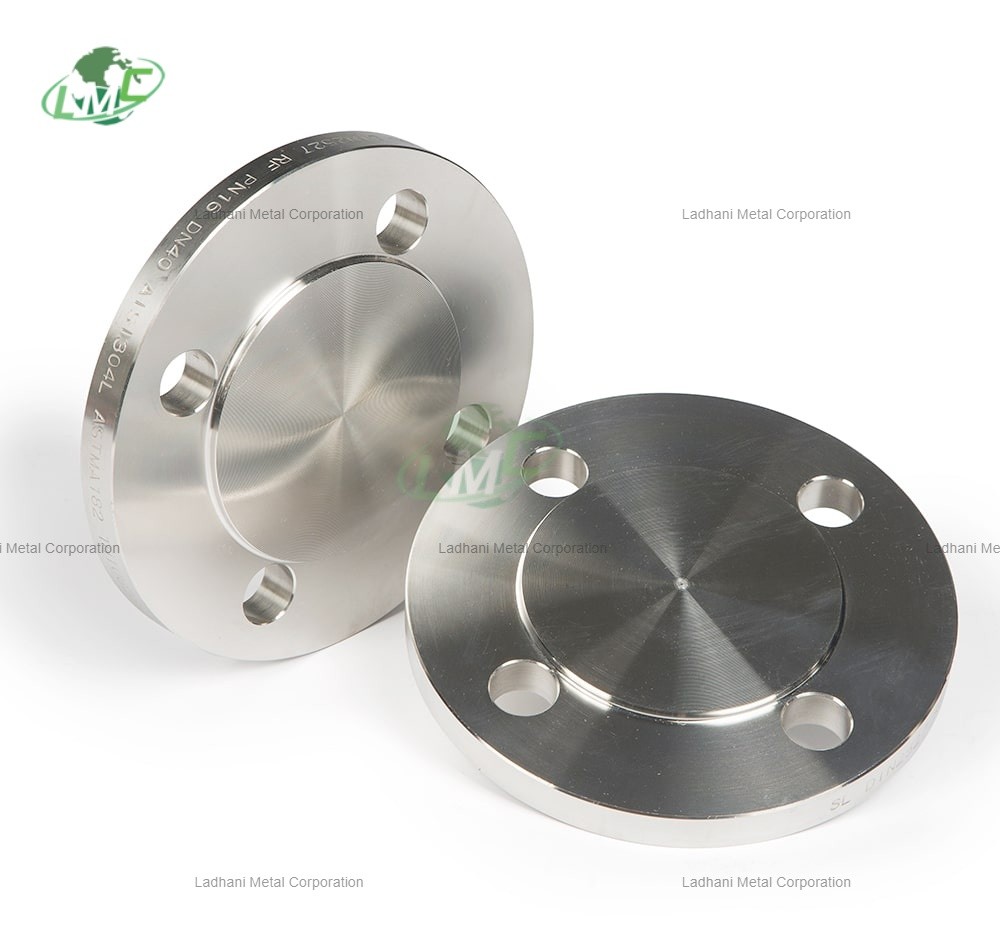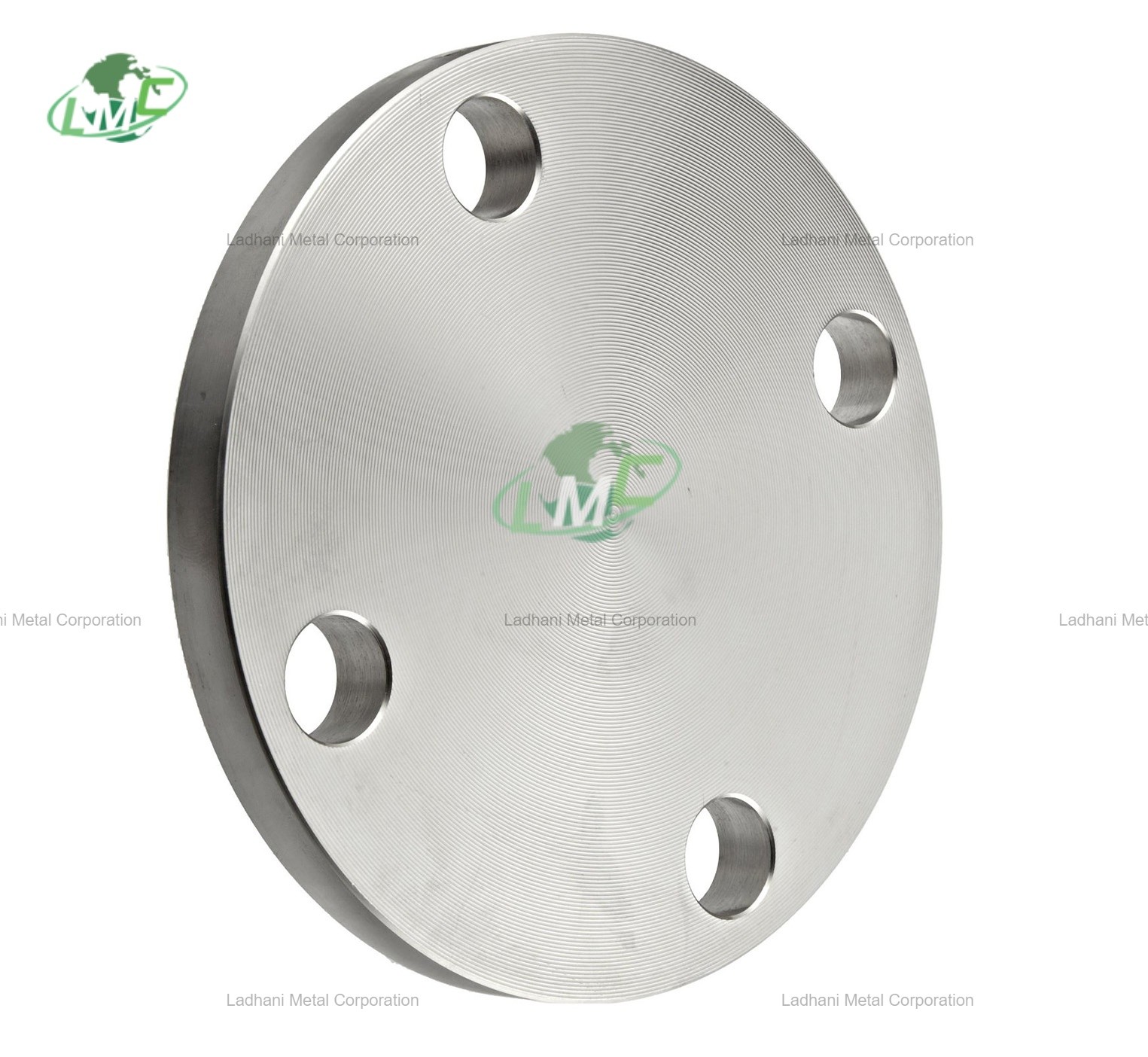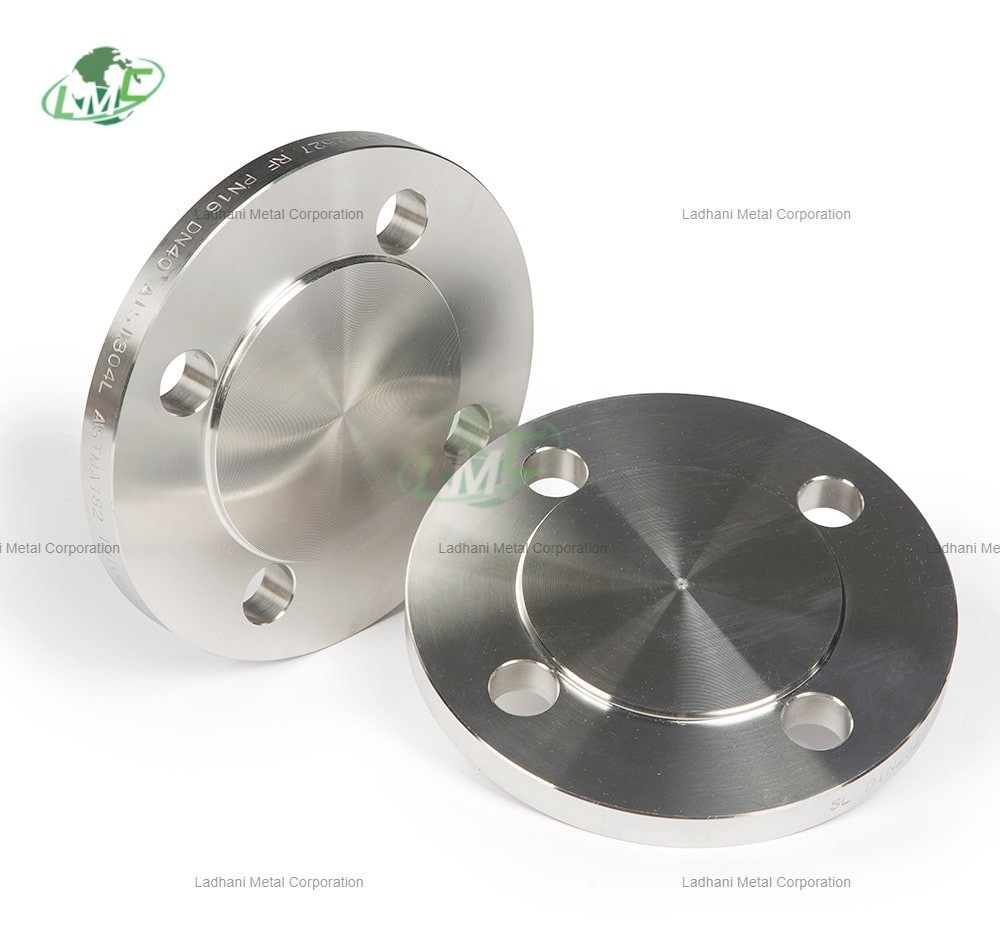DIN 2543 flanges are designed to meet the DIN (Deutsches Institut für Normung) standard, and duplex flanges refer to flanges made from duplex stainless steel alloys. Duplex stainless steel is a hybrid material, combining both austenitic and ferritic microstructures. This gives duplex steels a unique combination of strength and corrosion resistance that is superior to regular stainless steel. Material: Typically made from Duplex Stainless Steel grades such as 2205 or 2507. Pressure Rating (PN16): Rated for 16 bar (approx. 232 psi) at 20°C (68°F), making them suitable for medium-pressure applications. Key Features of DIN 2543 Duplex Flanges: Corrosion Resistance: Duplex stainless steel offers superior resistance to corrosion in aggressive environments, such as in chloride, sulfuric acid, and seawater. This makes it ideal for marine, chemical, and industrial environments. Strength: Duplex steels combine the strength of ferritic steel with the corrosion resistance of austenitic steel, offering higher strength than regular stainless steel while maintaining good toughness. Durability: Excellent resistance to pitting and crevice corrosion, ensuring long-term durability in harsh conditions. Weldability: While duplex flanges are weldable, the welding process must be carefully controlled to prevent issues like sensitization or intermetallic phases. Types of Duplex Flanges (DIN 2543): Weld Neck Flanges (WN): These flanges have a tapered neck for welding directly to pipes, providing extra strength and durability in high-pressure applications. Slip-On Flanges (SO): These are easy to install and are placed over the pipe, then welded inside and outside. Blind Flanges (BL): Used to close the end of a pipe or system, preventing fluid flow. Socket Weld Flanges (SW): These flanges have a socket into which the pipe is inserted and then welded, commonly used for small-bore systems. Lap Joint Flanges (LJ): These are paired with a lap joint stub end and allow for easy alignment and disassembly. Common Duplex Stainless Steel Grades for Flanges: Grade 2205: Composition: Contains approximately 22% chromium, 5% nickel, and 3% molybdenum. Properties: Excellent corrosion resistance, especially to pitting and crevice corrosion. High strength and good weldability. Applications: Used in chemical, petrochemical, and marine applications. Grade 2507 (Super Duplex): Composition: Contains 25% chromium, 7% nickel, and 4% molybdenum. Properties: Superior corrosion resistance and strength compared to 2205. Ideal for extremely aggressive environments. Applications: Used in seawater, desalination plants, and high-pressure industrial applications. Pressure Rating (PN16): PN16 refers to the pressure rating of 16 bar (or approximately 232 psi) at 20°C (68°F). Applications: Duplex flanges with a PN16 rating are suitable for medium-pressure systems in industries such as chemical processing, oil & gas, water treatment, and marine environments. Conclusion: DIN 2543 Duplex flanges are a reliable solution for medium-pressure applications (PN16) requiring high strength and exceptional resistance to corrosion.
Send Message
